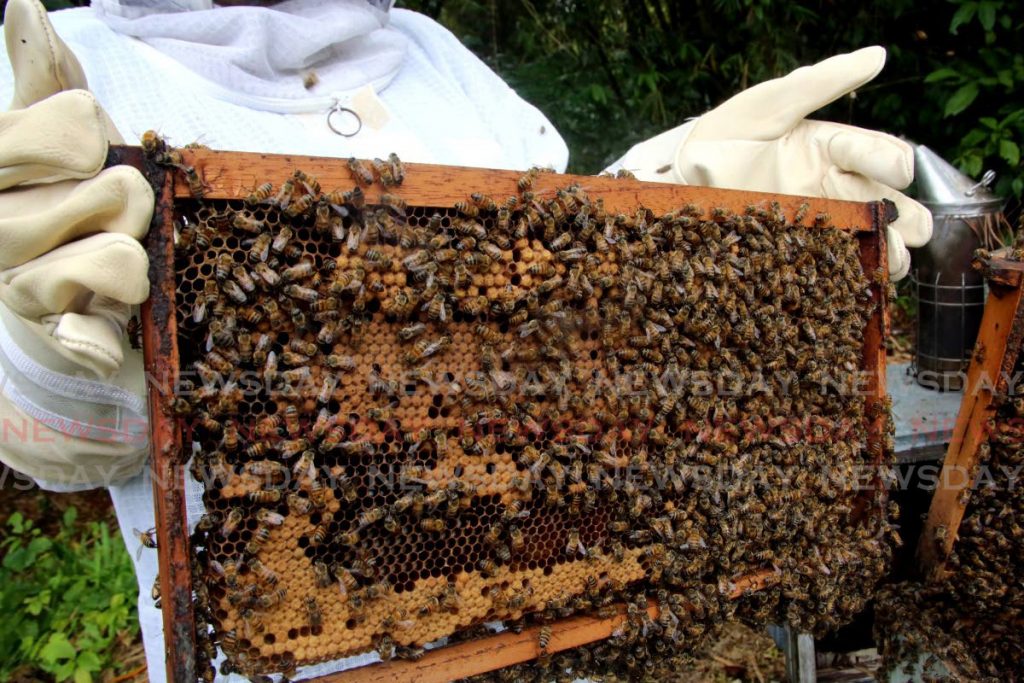The story of the bee: How credit agencies view companies' non-financial interests

Philip Smith
The plight of the humble bee has been the focus of worldwide attention for a number of years now as the impact of biodiversity loss comes increasingly under the spotlight. The falling population of bees and other pollinators is affecting agricultural output even though, ironically, the sector itself is in part responsible for the bees’ decline.
As the use of insecticides has increased to boost output, and while hedge cutting to increase productive land area has reduced habitats, so there have been fewer bees to carry out the vital role of pollination.
But it is not just agriculture that is causing this biodiversity loss; increasing urbanisation is destroying habitats, and extractive industries are also leaving their mark on the landscape, to say nothing of carbon emissions and climate change caused by industrialisation.
These externalities and dependencies are now becoming a key theme in wider discussions around environmental, social and governance (ESG) issues, not least their measurement.
As a result, and in reaction to investor and other stakeholder pressures, boards are putting ESG firmly on the agenda, though how they report their policies and actions can be inconsistent. A number of bodies, such as the Global Reporting Initiative (GRI), are attempting to place order and standards over these reports. It comes as no surprise to see that a number of credit ratings agencies are now making a move to cast their measuring rules over corporate data in a bid to make sense of these non-financial reports.
Ratings agency interest
Over the past two years, Morningstar has acquired Sustainalytics, S&P has snapped up SAM and Moody’s has taken on Vigeo Eiris. These acquisitions will bring ESG research into the ratings agency mainstream and give far wider access to data, research and ratings. They will also provide a degree of consistency, making comparisons much easier – not just for investors but also other stakeholders such as suppliers, customers and employees.
These ESG ratings highlight the risks and opportunities that corporates face. Climate change and social responsibility can have a direct impact on a corporate’s financial viability, according to Giovanna Michelon FCCA, head of the accounting group at Bristol University’s School of Accounting and Finance and chair of ACCA’s global forum for governance, risk and performance.

"There has been a major shift in what the ESG ratings providers are selling to mainstream investors compared to what they used to sell in the social responsibility investment field," she says. "Something that might have gone unaccounted for in the past is now financially material."
Starting to harmonise
The credit ratings agencies’ moves come as the world pays increasing attention to non-financial reporting. The IFRS Foundation is creating the International Sustainability Standards Board, while the Sustainability Accounting Standards Board and International Integrated Reporting Council recently merged to create the Value Reporting Foundation.
At the same time, the GRI and the European Financial Reporting Advisory Group (EFRAG) recently announced they will share technical expertise to construct new EU sustainability reporting standards and contribute to further global convergence. The move aims to help the European Commission increase corporate transparency in support of the European Green Deal.
And the UK’s Financial Reporting Council (FRC) recently set out a "statement of intent" on ESG challenges, including how information is audited to ensure reliability, how it is accessed by stakeholders, how it is enforced and how it can lead to better decisions. As part of this, the FRC is calling for a rigorous conceptual framework that aligns with the one used to develop financial reporting standards.
Such moves are likely to increase consistency in the way that corporates report their non-financial results and the impacts they have on the environment and society.
"Financial reporting standards are mature and clear while non-financial reporting is less developed, and standards are non-mandatory," Michelon says, "so inconsistencies are not surprising. We are dealing with things that are not easily measured or observed. These inconsistencies may become less prominent."
Externalities and dependencies
Returning to bees, Michelon emphasises the importance of understanding externalities and dependencies. She gives the example of an oil and gas company building a new pipeline to supply a particular market – the construction work has an inevitable impact on the local environment, displacing important habitats, and is an externality that can be measured in a number of different ways, possibly giving rise to reputational or regulatory risk for the company. At the same time, food manufacturers need energy from oil and gas companies to process foodstuffs, the supply of which could be affected by the biodiversity loss; this is a dependency, potentially leading to operational risk, that needs to be measured and reported.
Then there are those companies that face both externalities and dependencies. Agrichemical companies produce pesticides used to ensure good crops and high yields, but those pesticides can also damage the pollinators, while at the same time they are exposed to a client base (the food producers) that could be suffering from the impact of biodiversity loss.
"Preliminary findings of a research study of mine in progress show that when the environmental issue is a dependency issue, such as the decline of the bee population, then a company is more inclined to report better information and is more likely to invest money into finding solutions to the problem, showing a more serious commitment to a particular environmental issue."
However, Michelon adds that if the issue is seen as an externality, then the onus falls on institutions, such as governments and regulators, to encourage or enforce greater reporting.
"We should not forget that sustainability reporting is designed to encourage companies to think beyond their financial reports so that they are accountable to society," she says. "I am concerned that if we worry just about the financial bottom line, then in 10 years’ time there may still be so many things that we have not tackled."
Source: ACCA Accounting and Business magazine


Comments
"The story of the bee: How credit agencies view companies’ non-financial interests"